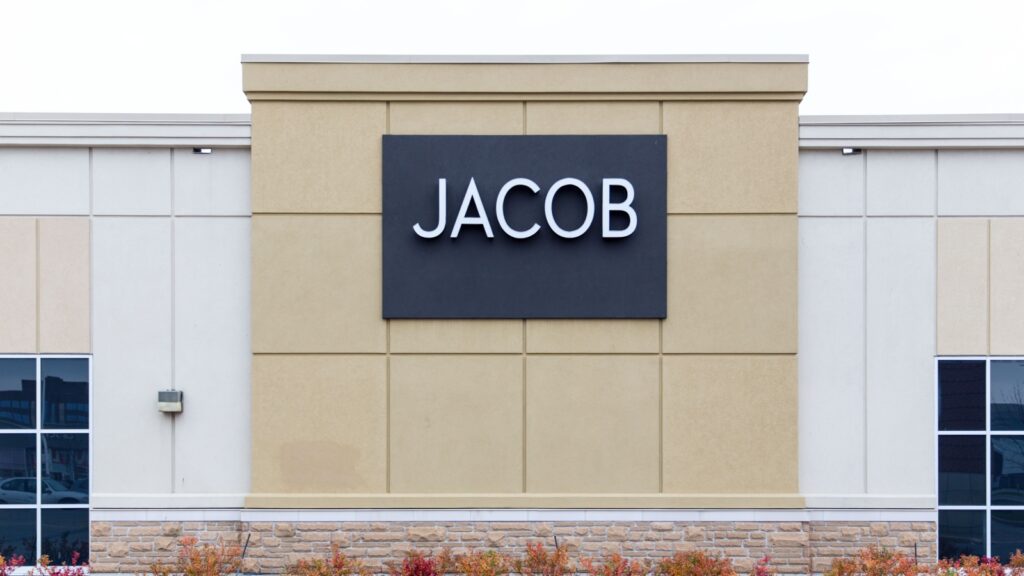Retail in Canada has seen its fair share of heartbreaks. One day your go-to store is offering sales, and the next, its doors are locked with a note that says “Thanks for your loyalty.” Many closures came suddenly, leaving employees and shoppers equally stunned. Some were victims of e-commerce competition, others of high rents, and a few simply outgrew their market. Here are 19 Canadian retail chains that closed without warning.
Target Canada
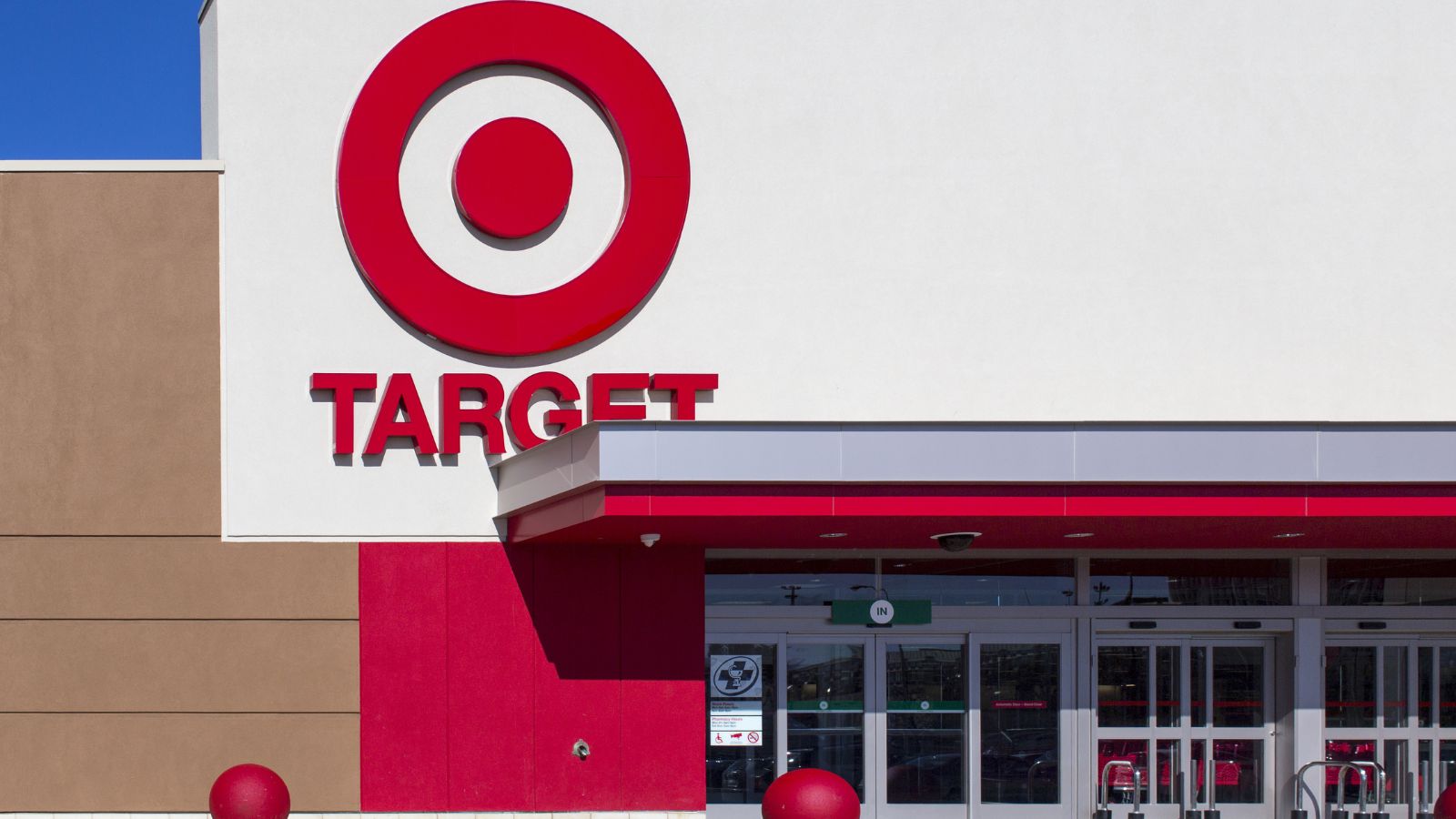
When Target opened in Canada in 2013, excitement was sky-high. The company promised sleek stores and American prices, but what followed was a logistical nightmare. Empty shelves, higher costs, and supply chain issues turned enthusiasm into frustration. Less than two years later, the retailer abruptly shut all 133 locations, shocking nearly 17,600 employees who had little warning. Consumers were left bewildered as liquidation sales began almost immediately. Analysts later revealed Target had lost over $2 billion in its short Canadian run, marking one of the most rapid and expensive retail collapses in the country’s history.
Zellers
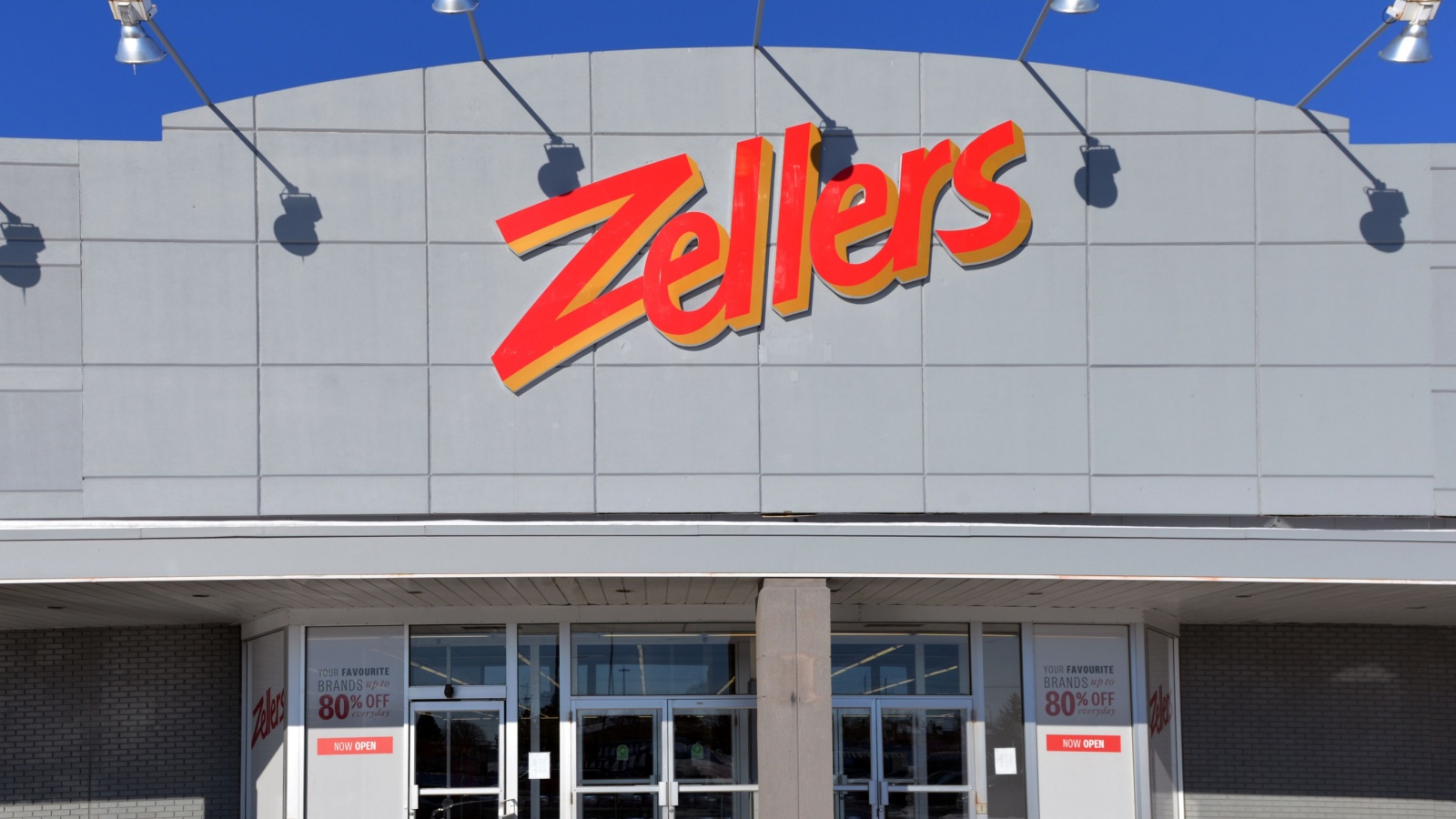
Zellers’ decline was slow but its closure announcement came swiftly in 2011 after Hudson’s Bay Company sold many of its leases to Target. For decades, Zellers had been a staple for affordable clothing, home goods, and its nostalgic “Zeddy” mascot. Yet, within months, store signage disappeared and liquidation banners went up. Thousands of employees lost their jobs, and loyal shoppers were left with few alternatives. Although a small number of “pop-up” Zellers stores have recently returned, the sudden closure of its original locations remains one of the most surprising moments in Canadian retail’s modern history.
Sears Canada
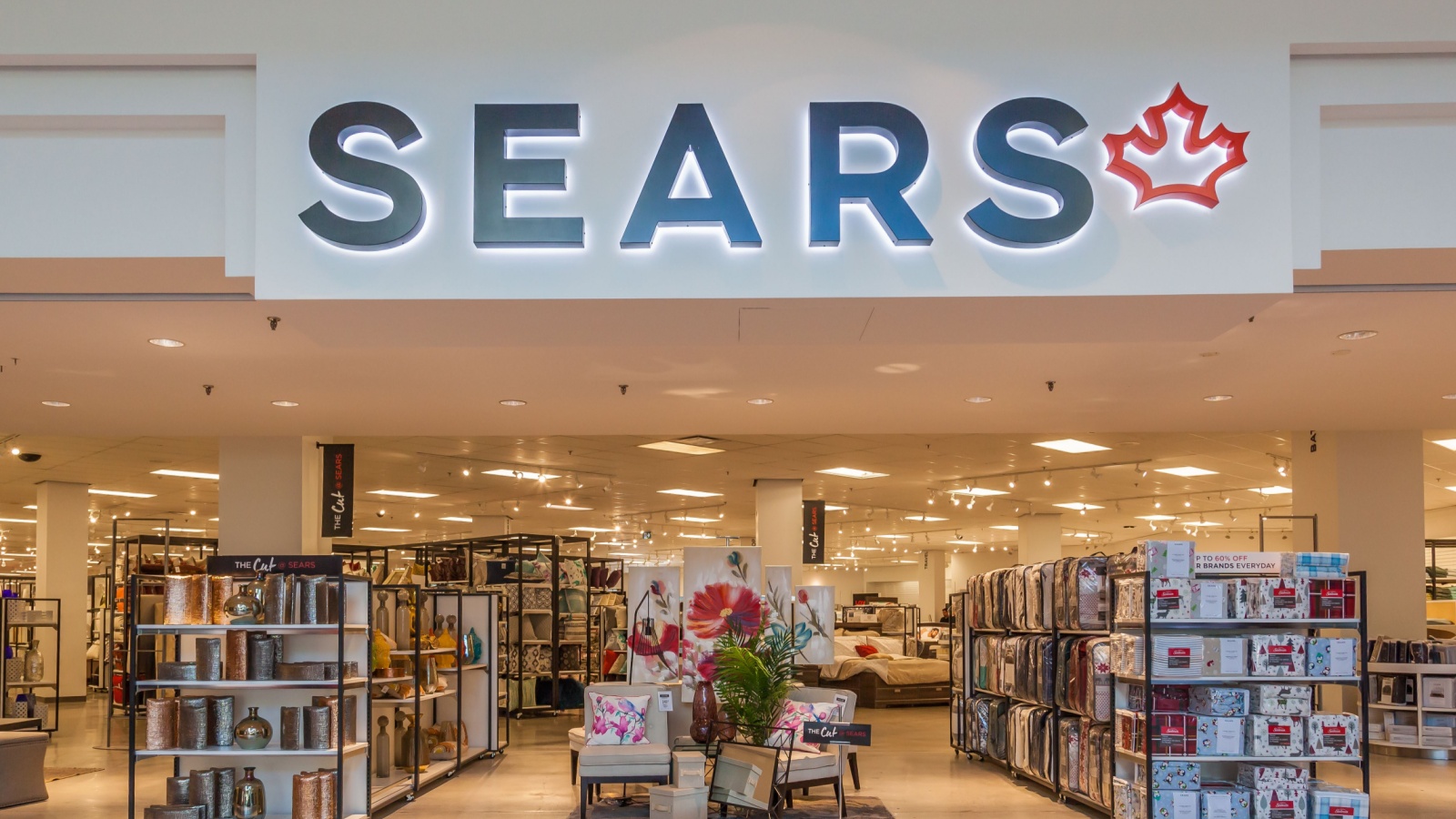
Sears was once synonymous with quality appliances, catalogs, and Christmas wish books. But years of declining sales and management missteps led to its abrupt downfall in 2017. After filing for creditor protection, stores began closing nationwide with minimal notice. The layoffs impacted roughly 12,000 workers, many of whom received no severance pay. Customers holding warranties or gift cards were caught off guard when they became invalid almost instantly. Once a symbol of reliability, Sears’ rapid disappearance marked the end of a retail era that had lasted more than six decades across Canada’s shopping malls.
Jacob
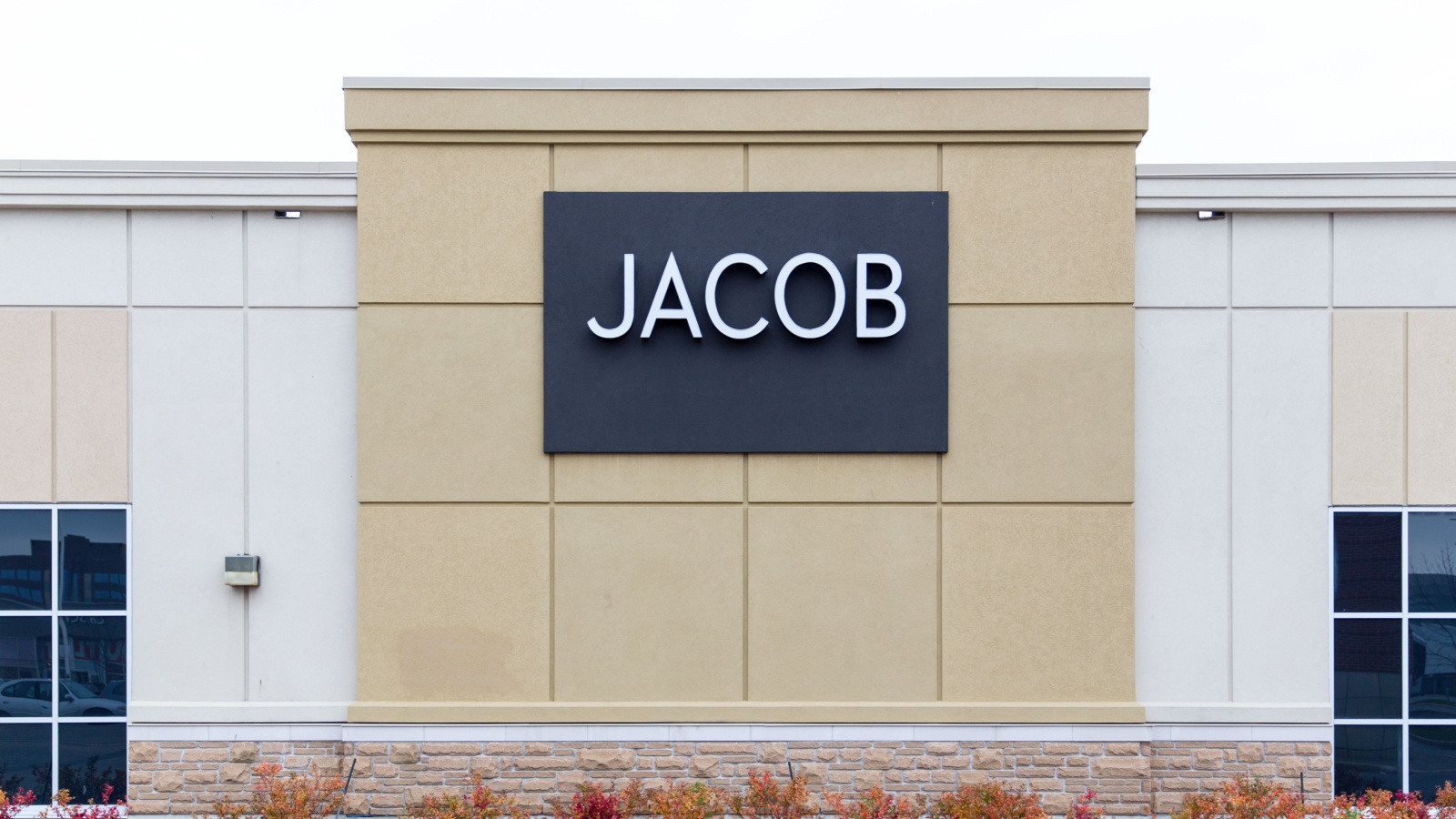
Known for its stylish workwear and evening outfits, Jacob was a favorite among Canadian women for decades. However, when online fast fashion exploded, the brand struggled to compete. In 2014, Jacob announced bankruptcy and shuttered its 90 stores in one move, leaving loyal customers stunned. Employees learned of closures with barely any time to prepare. The sudden end reflected the pressures facing mid-range fashion retailers in a market dominated by cheaper international chains. Despite attempts to revive the brand online, Jacob’s physical presence disappeared almost overnight from Canadian malls and downtown shopping strips.
Fairweather
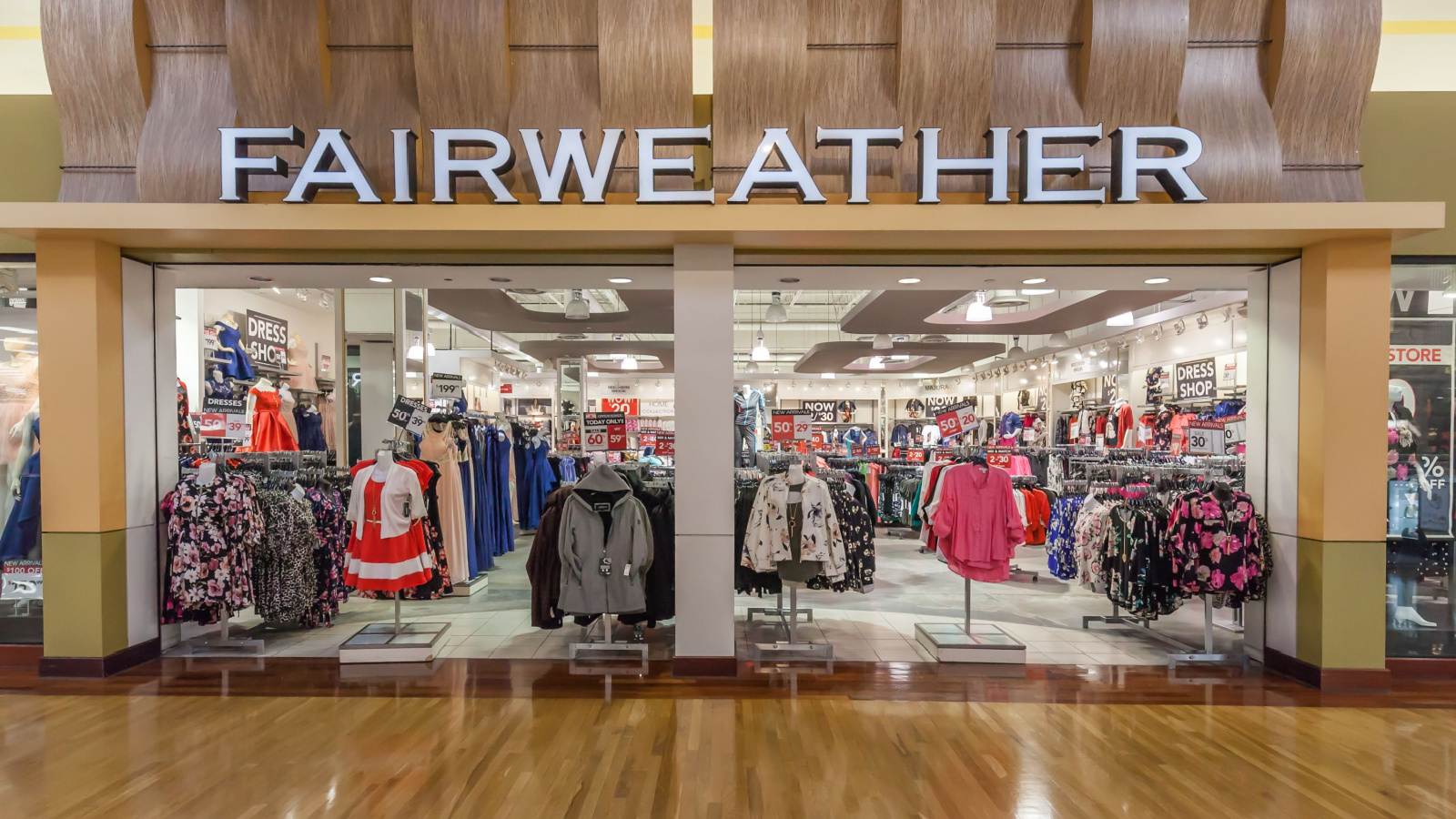
For years, Fairweather was the go-to destination for affordable officewear and formal outfits. Its abrupt closures in several provinces caught shoppers by surprise, especially since many stores were still offering new seasonal collections. The chain had quietly filed for creditor protection, and within weeks, liquidation signs replaced its window displays. The brand’s downfall highlighted the growing struggle of mid-price retailers squeezed between fast-fashion chains and premium boutiques. Employees across Canada’s malls learned of closures through internal memos, often just days before operations ceased, leaving loyal customers without their familiar shopping stop.
Danier Leather
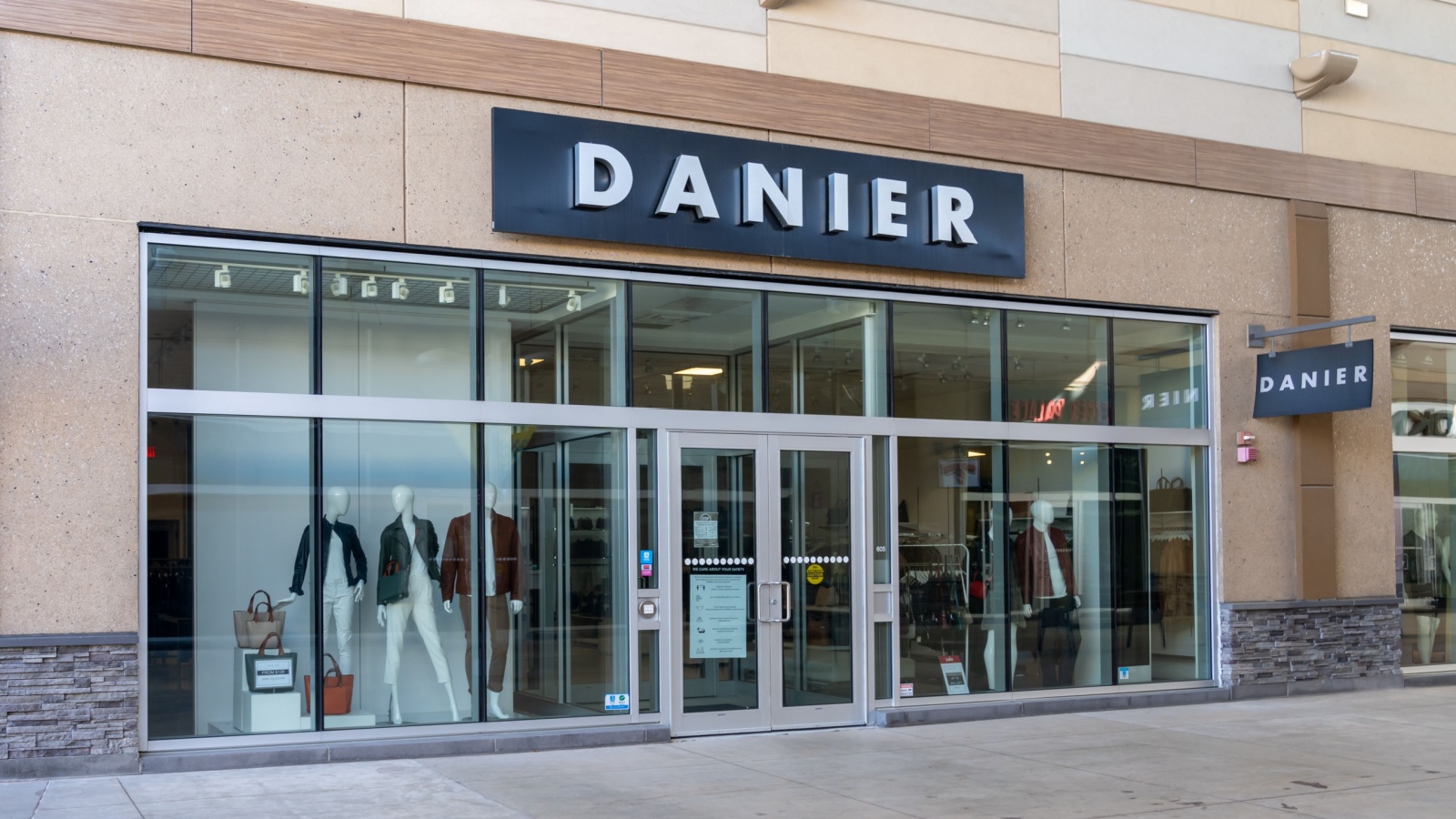
Danier Leather was once a proud Canadian brand specializing in quality leather jackets and accessories. But by 2016, it filed for bankruptcy and began closing 84 stores across the country, with little advance notice to its staff or customers. Rising production costs and declining mall traffic had eroded profits. Many shoppers were shocked to find “Everything Must Go” signs where luxury displays once stood. Employees learned the chain would not be restructuring, meaning all stores would vanish completely. Despite efforts to relaunch online, Danier’s original retail operations disappeared in what felt like an instant.
Le Château
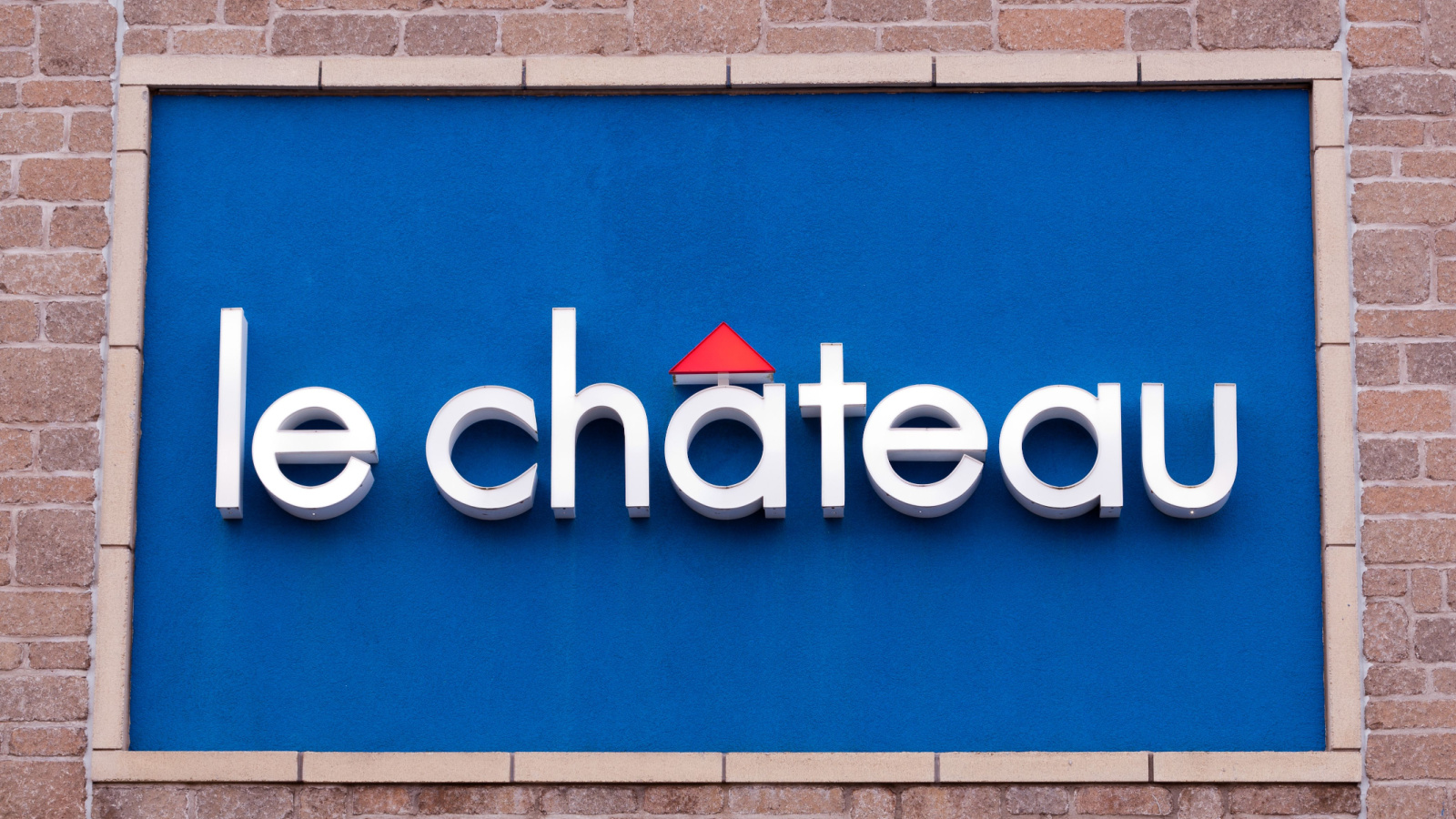
Known for its party dresses and trendy styles, Le Château was a rite of passage for many Canadian teens and young adults. In 2020, the company abruptly announced its closure after nearly six decades in business. The pandemic worsened financial struggles, but few expected the end to come so suddenly. Within months, its 123 stores were liquidated. Employees and customers were equally stunned, as the brand had just launched new collections weeks earlier. Although an online relaunch later emerged, the physical stores’ quick shutdown represented another casualty of Canada’s fashion retail decline.
Bowring
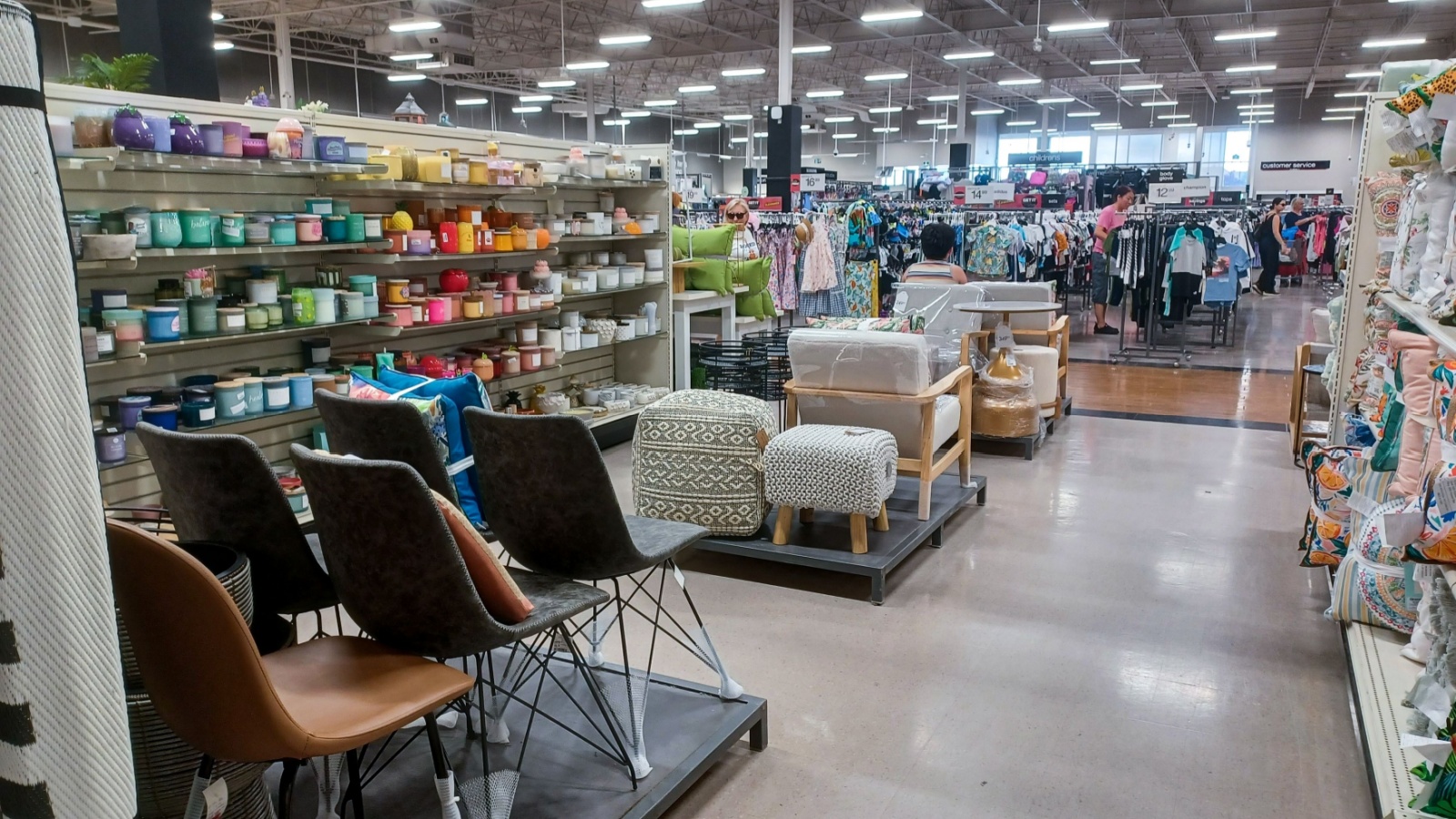
Bowring had been part of Canadian households for over 200 years, known for elegant home décor and wedding gifts. Yet in 2019, its parent company filed for bankruptcy and swiftly closed all Bowring stores alongside Bombay. The closures were sudden, with employees given minimal notice. Many stores were still advertising holiday sales when liquidation banners appeared. The company cited declining mall traffic and shifting consumer habits toward online shopping. The abrupt disappearance of a brand so tied to family traditions and registries left a nostalgic gap for long-time customers who relied on its timeless designs.
Bombay Company
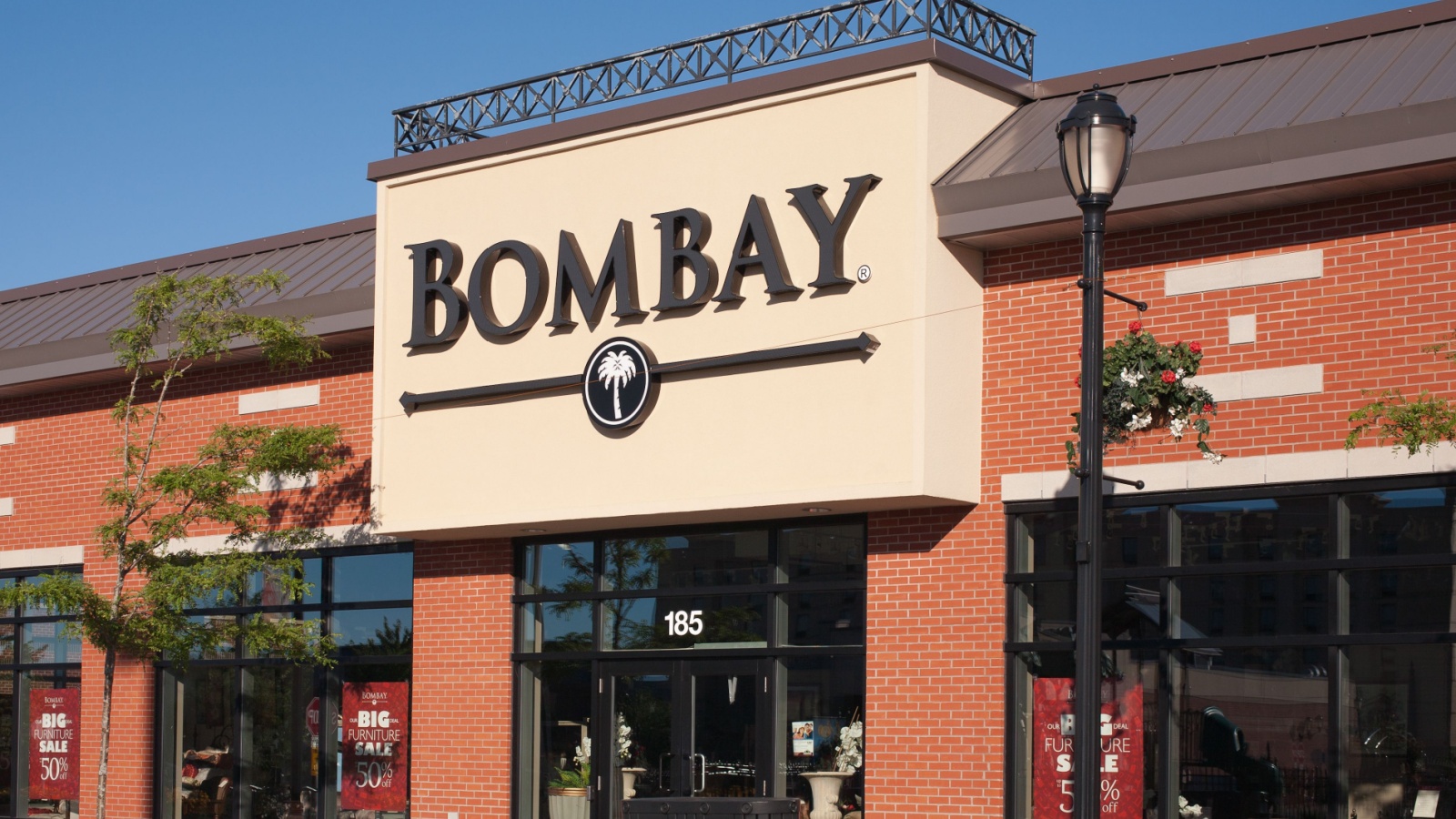
Bombay Company, often paired with Bowring, was known for traditional furniture and home décor inspired by colonial aesthetics. It abruptly vanished from malls in 2019 when its parent company went bankrupt. Employees were caught off guard by the rapid liquidation process that cleared out stores within weeks. Customers searching for furniture orders were left scrambling for refunds. The closures came after years of declining demand for ornate décor in favor of minimalist styles. Bombay’s departure represented more than a financial failure; it marked a generational shift in Canadian home design preferences.
Jacob Connexion

As Jacob’s sister brand, Jacob Connexion targeted a younger audience with trendier designs. When Jacob went bankrupt in 2014, Connexion was shut down at the same time without any separate announcement. The sudden closure left employees confused as both brands disappeared from malls almost overnight. Customers who held store credits found them invalid, sparking frustration. The quiet withdrawal of Connexion illustrated how quickly brand families can collapse when parent companies face financial distress. Its exit showed the vulnerability of youth-focused fashion chains to the rise of online shopping platforms.
Future Shop
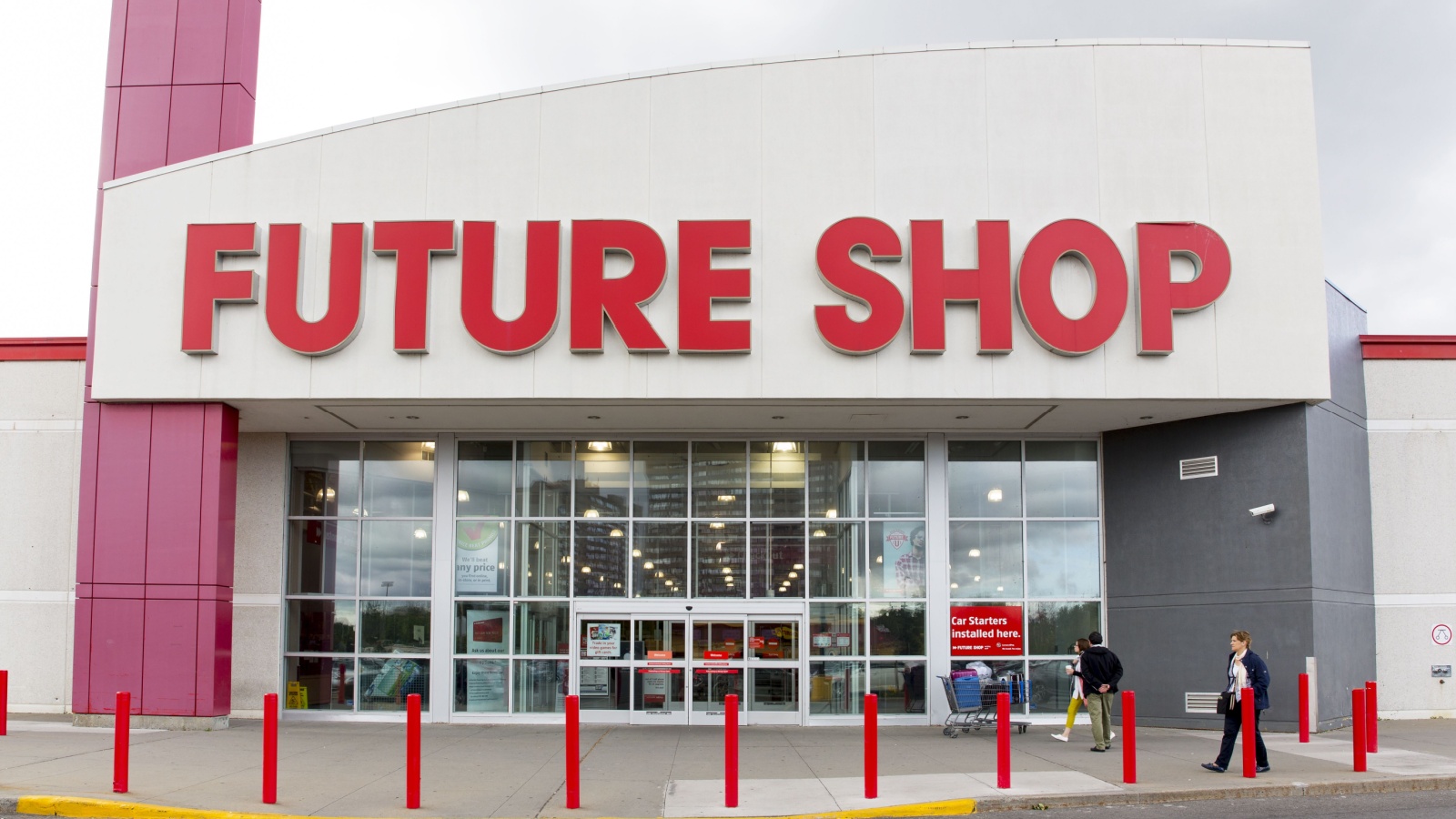
Future Shop was once the country’s top electronics retailer, with bold red signage and rows of gadgets. But in 2015, parent company Best Buy abruptly announced that all 131 Future Shop locations would either close or be converted to Best Buy stores, effective immediately. Many employees found out through social media before official communication reached them. The rebranding shocked customers, who suddenly found stores shuttered without explanation. Despite some integration into Best Buy, Future Shop’s distinct identity vanished within days, ending an era of fierce electronics retail competition in Canada.
Pet Valu (Corporate Stores)

In 2020, Pet Valu Canada shocked pet owners by closing all its corporate-owned stores nationwide while keeping franchise locations open. The decision came with barely any public notice, citing operational challenges during the pandemic. Many employees were blindsided by the news, with liquidation sales beginning almost instantly. Customers rushed to use their gift cards and loyalty points before the stores disappeared. Although the brand still exists through franchises, the swift closure of its company-run outlets highlighted the unpredictability of pandemic-era business decisions in Canadian retail.
Moores Clothing for Men (Selected Locations)
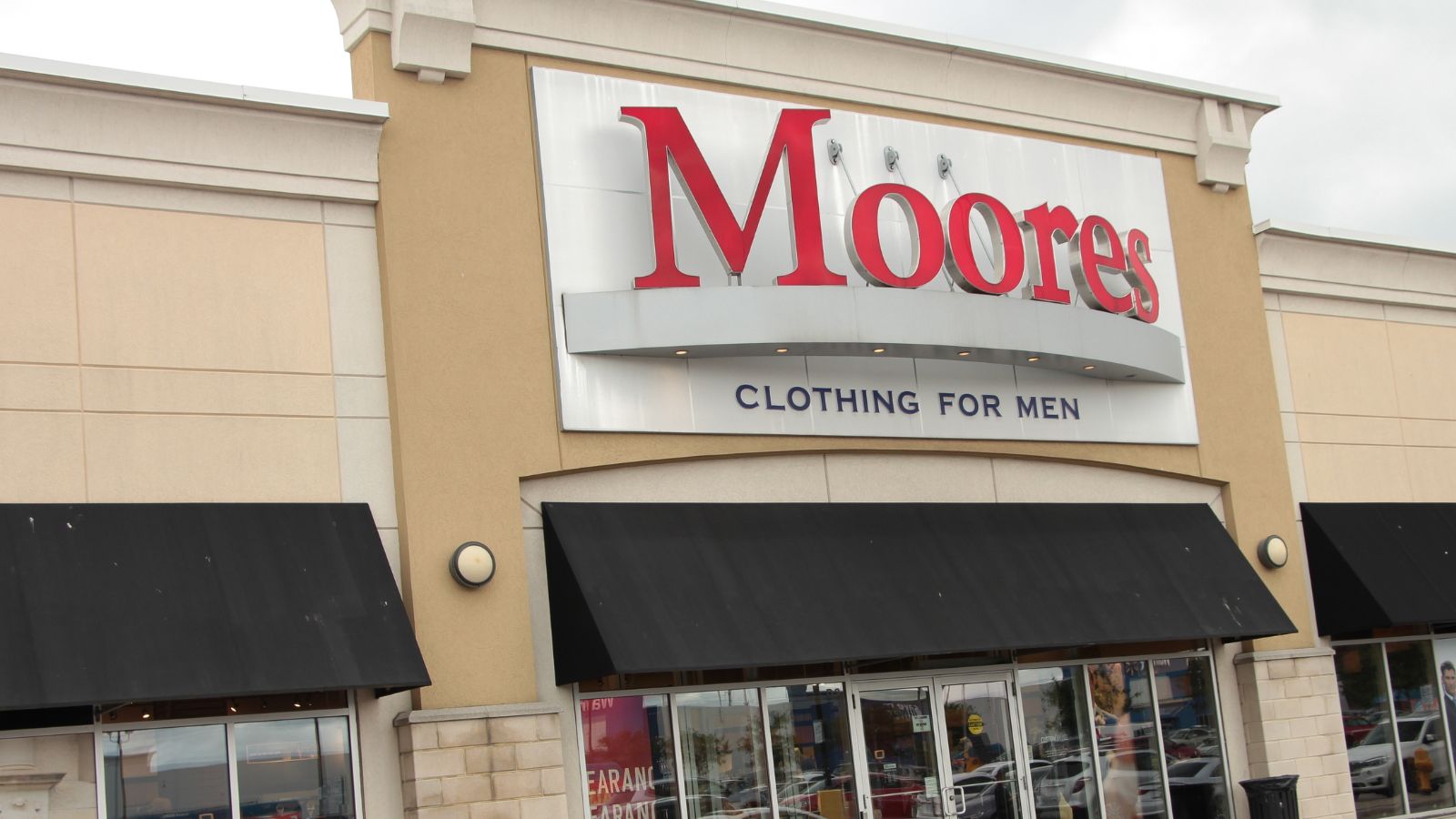
In 2020, Moores announced that several of its stores would close abruptly as its U.S. parent company filed for bankruptcy. The brand had long been the destination for affordable suits and tuxedo rentals. Employees and customers were surprised, as there had been no public sign of distress. Many branches were still accepting wedding bookings when closure notices arrived. Although some stores later reopened under new management, the initial closures demonstrated how international corporate decisions can abruptly alter well-established Canadian retail landscapes, even for seemingly stable brands.
Carlton Cards Stores
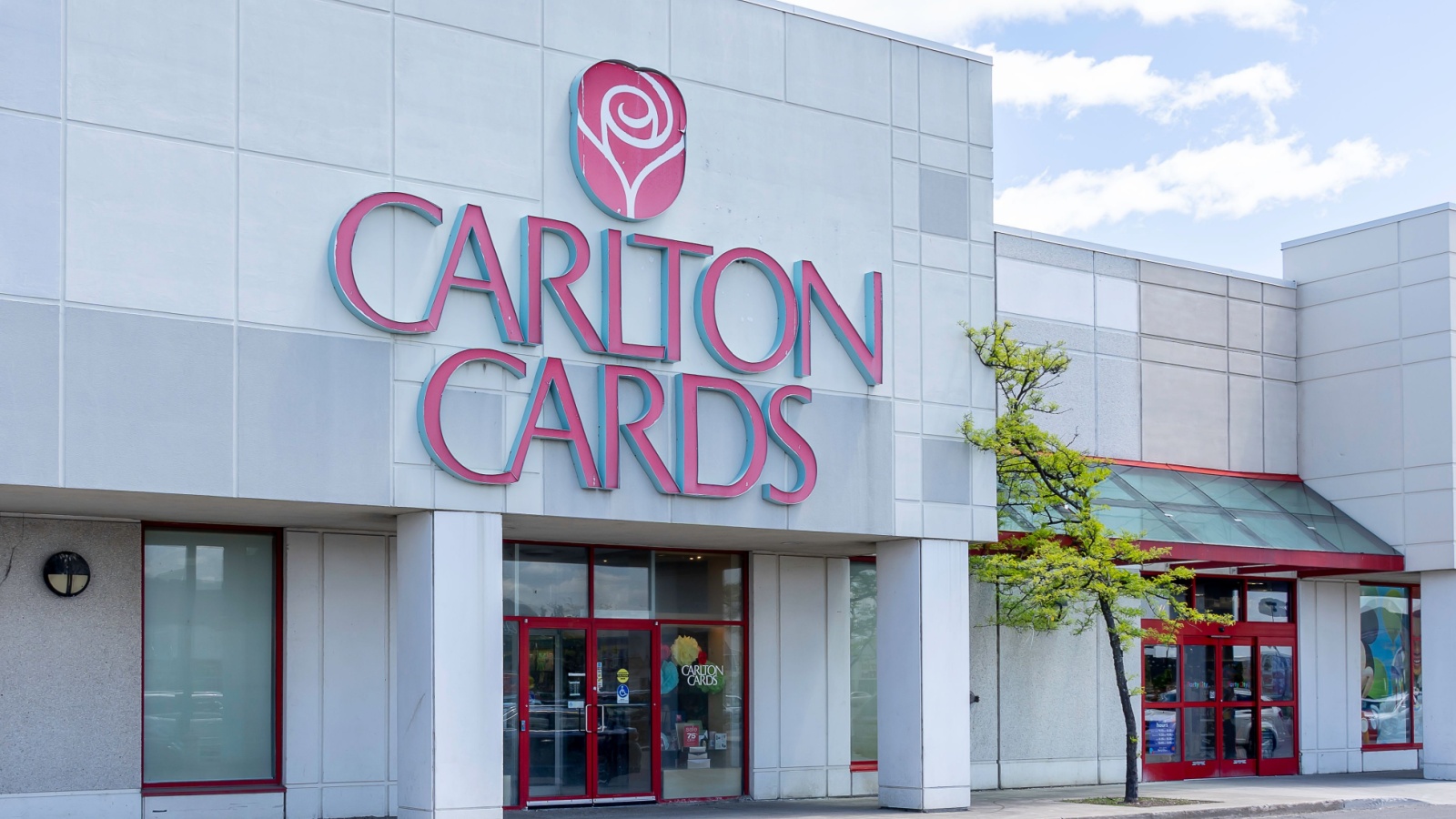
For decades, Carlton Cards was where Canadians went for greeting cards and sentimental gifts. But in 2020, the company suddenly announced it would close all 76 of its corporate-owned stores, leaving only the products sold in other retailers. Employees received the news with minimal warning. The closures reflected the decline of in-person card shopping as digital communication replaced traditional greetings. The quick shutdown also impacted thousands of small malls that relied on Carlton as an anchor tenant, leaving behind empty spaces once filled with cheerful displays of holidays and birthdays.
Peoples Jewelers (Select Outlets)

While the brand still exists online and in select malls, many Peoples Jewelers locations closed abruptly in 2020 amid parent company restructuring. Employees and customers often found out only days before closure. Some stores still had active promotions and custom orders in progress when the doors shut. The move surprised long-time shoppers who viewed the jeweler as stable and enduring. Though not a full-scale disappearance, the sudden shuttering of multiple branches created frustration and confusion for clients awaiting deliveries or repairs, proving how volatile even heritage brands can be.
HMV Canada
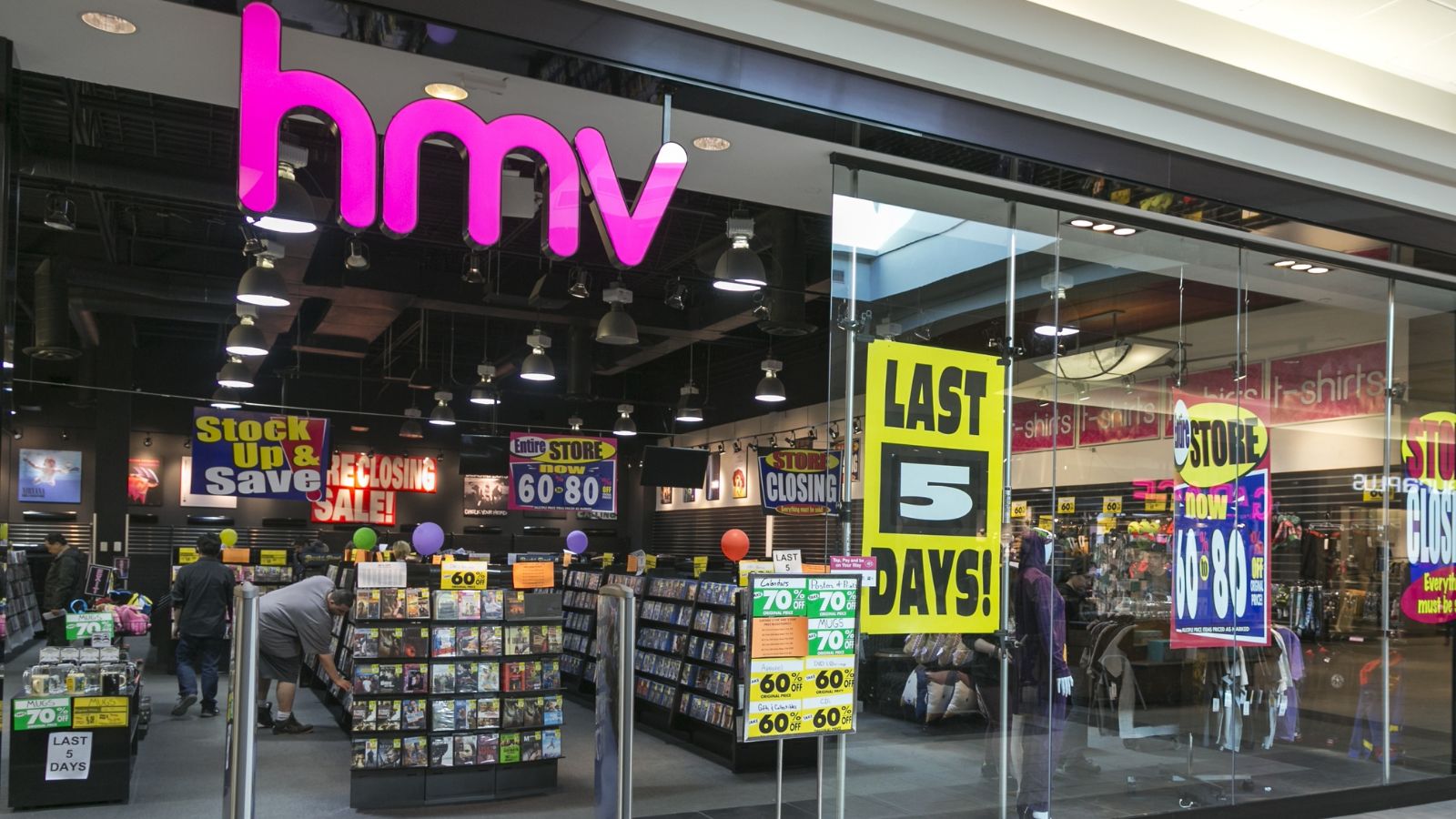
HMV was the soundtrack of many Canadians’ teenage years. But in 2017, its sudden closure ended decades of music retail nostalgia. Despite holiday promotions just months earlier, HMV’s 102 stores were liquidated swiftly after declaring bankruptcy. Employees were informed through last-minute notices, and customers rushed to redeem gift cards before expiry. The company blamed digital streaming and declining CD sales for its downfall. Its departure left a void in Canadian malls once filled with music, movie posters, and Friday album releases that defined youth culture for generations.
Comark (Owners of Ricki’s, Bootlegger, Cleo)
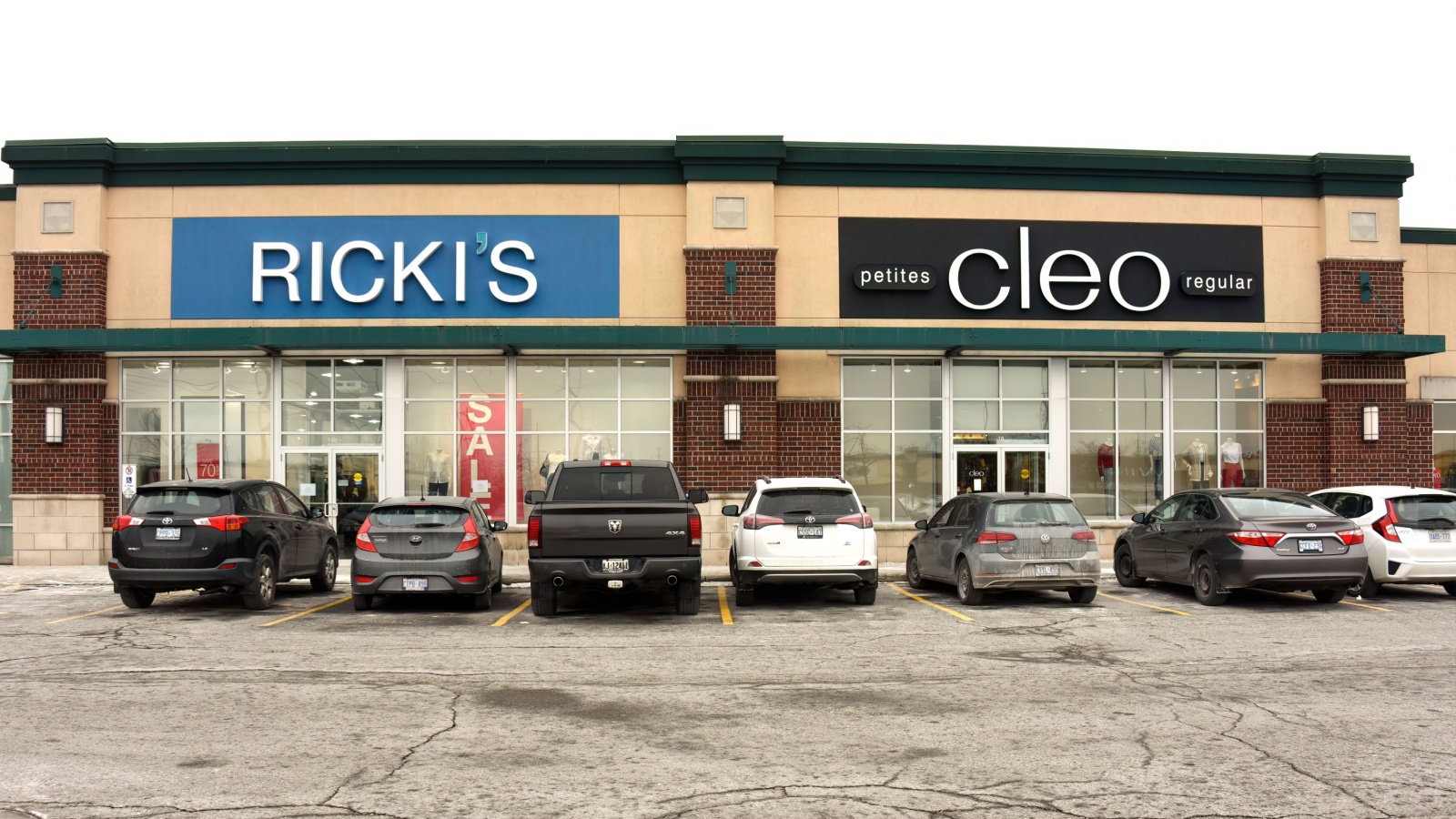
In 2020, fashion retailer Comark announced that multiple stores under its umbrella would close permanently following bankruptcy protection filings. Employees were caught off guard, especially since operations had continued normally just weeks earlier. Ricki’s, Bootlegger, and Cleo each had loyal customer bases that were blindsided by liquidation sales. Though some stores later reopened, the speed of the closures shocked staff and shoppers alike. Comark’s collapse underscored how quickly retail giants can falter when cash flow dries up, even without public indicators of distress.
Bluenotes (Early 2000s Closures)
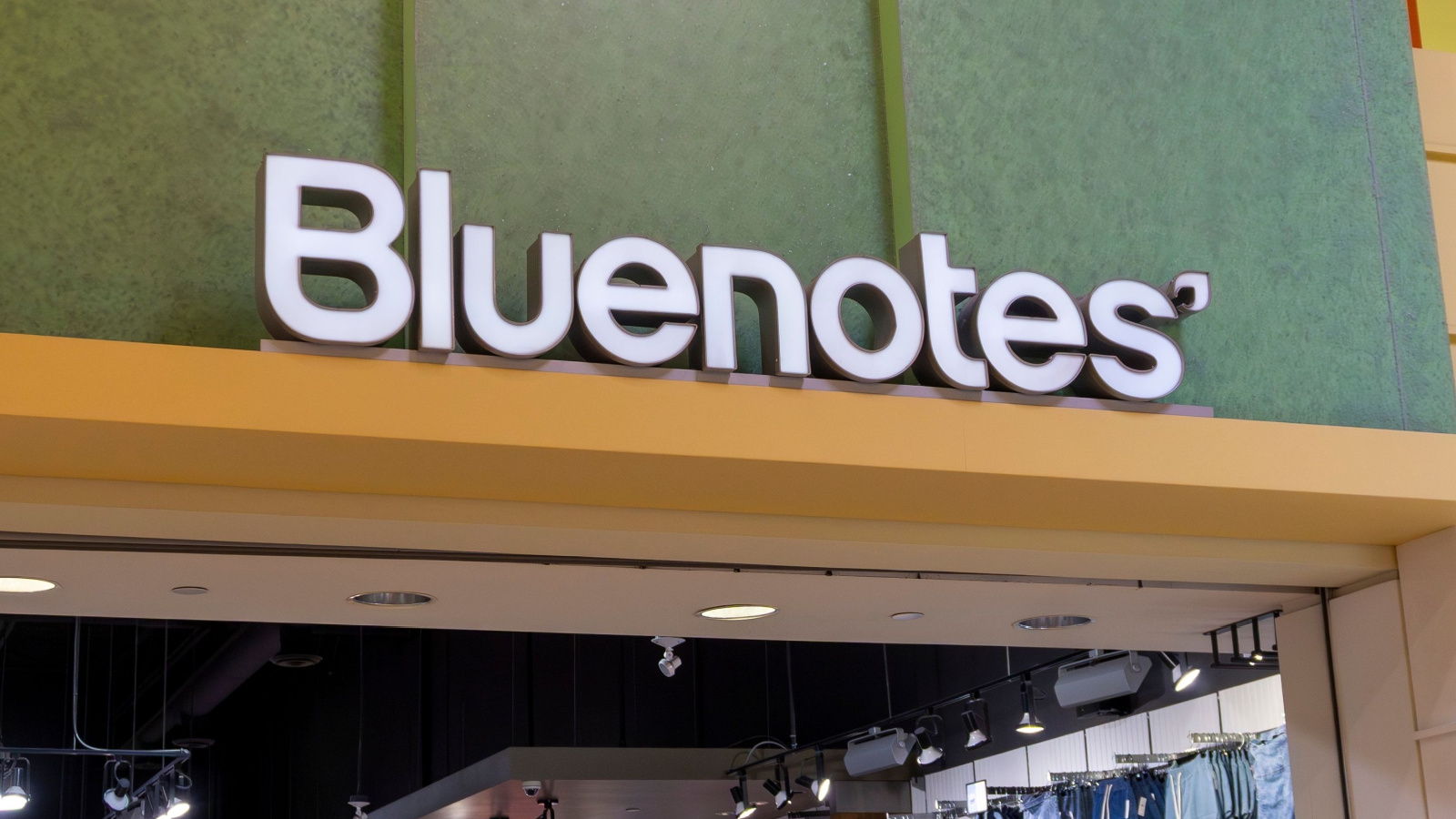
While Bluenotes still operates today, its early 2000s history saw abrupt closures of dozens of stores during a financial restructuring. Many locations shut down overnight, confusing both staff and customers. The brand had expanded too quickly and was unable to maintain profitability in smaller markets. Some malls lost anchor tenants without notice, while employees were left without clear severance. The closures reflected the risky expansion strategies of youth-oriented fashion retailers at the time. Though the company eventually recovered, the period remains one of the most sudden contraction phases in Canadian retail. Payless
ShoeSource
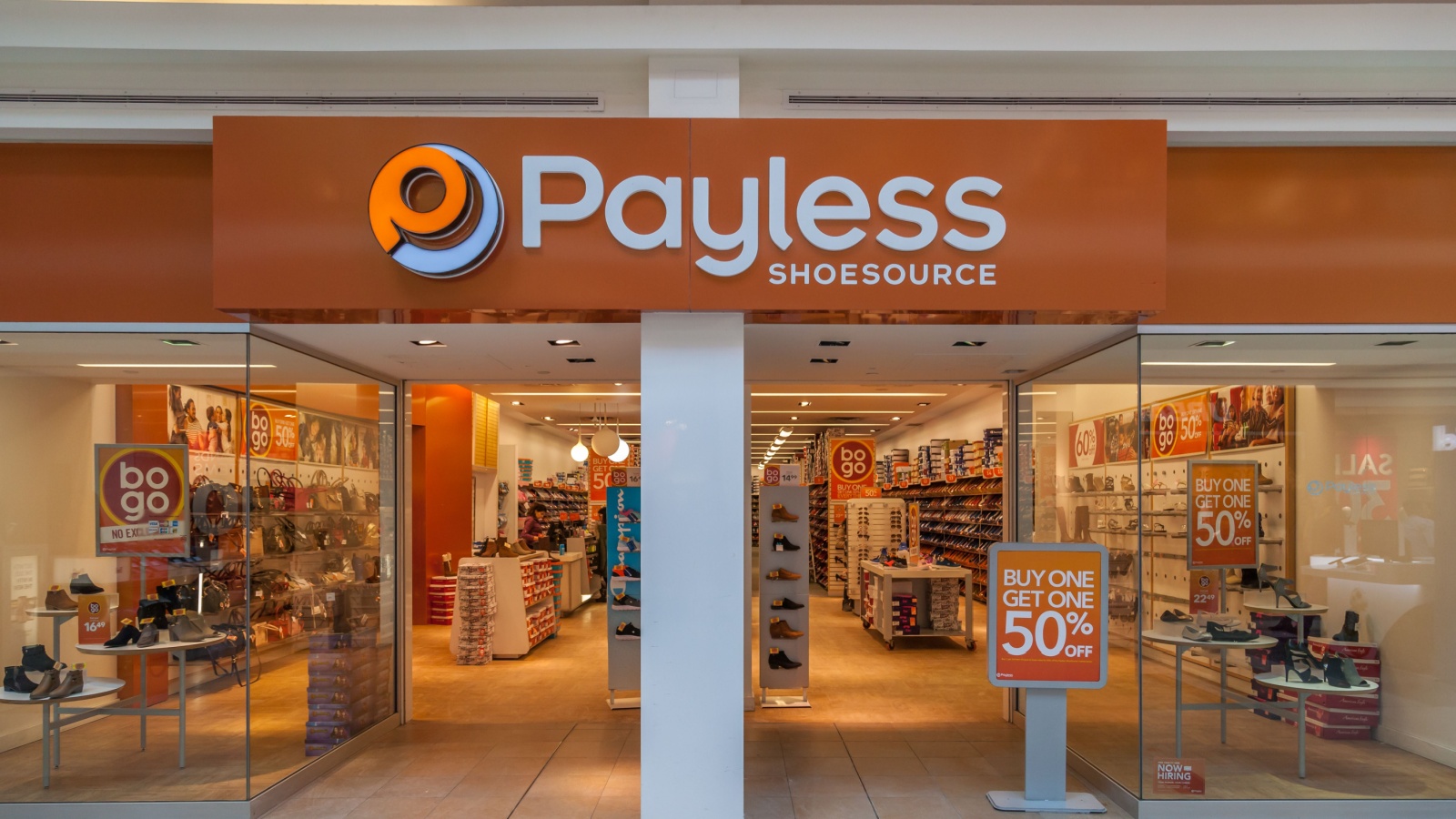
In 2019, Payless ShoeSource abruptly announced it was closing all Canadian stores as part of a North American bankruptcy. Employees found out days before liquidation began, resulting in the loss of over 2,400 jobs across Canada. The affordable footwear chain had long been a staple for families, but online competition and shifting consumer habits proved insurmountable. Customers were left scrambling to use gift cards, and suppliers faced unpaid invoices. Despite plans for an online comeback, the physical stores vanished with shocking speed, ending decades of mall-based affordability that many Canadians had relied on.
21 Products Canadians Should Stockpile Before Tariffs Hit

If trade tensions escalate between Canada and the U.S., everyday essentials can suddenly disappear or skyrocket in price. Products like pantry basics and tech must-haves that depend on are deeply tied to cross-border supply chains and are likely to face various kinds of disruptions
21 Products Canadians Should Stockpile Before Tariffs Hit
